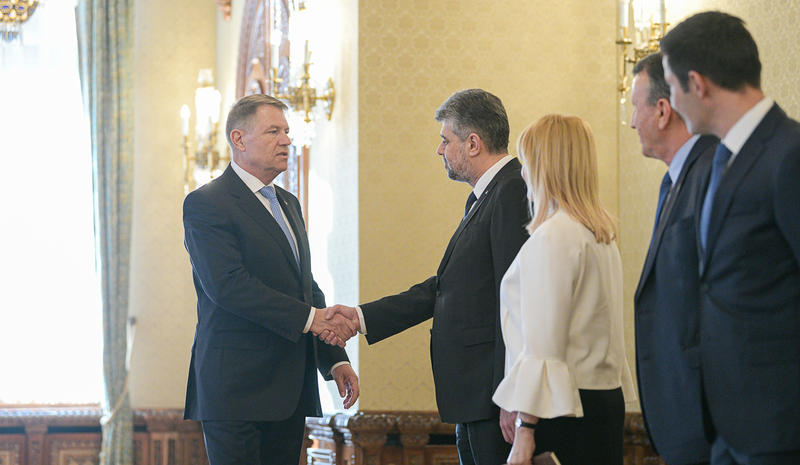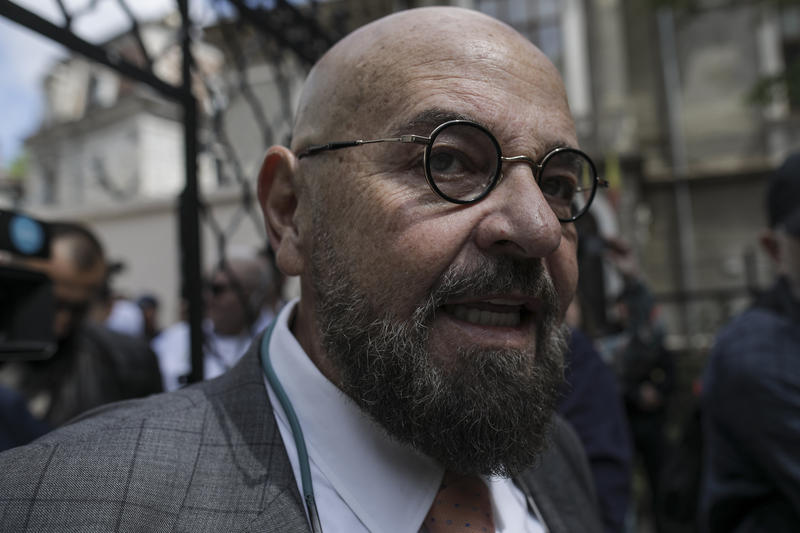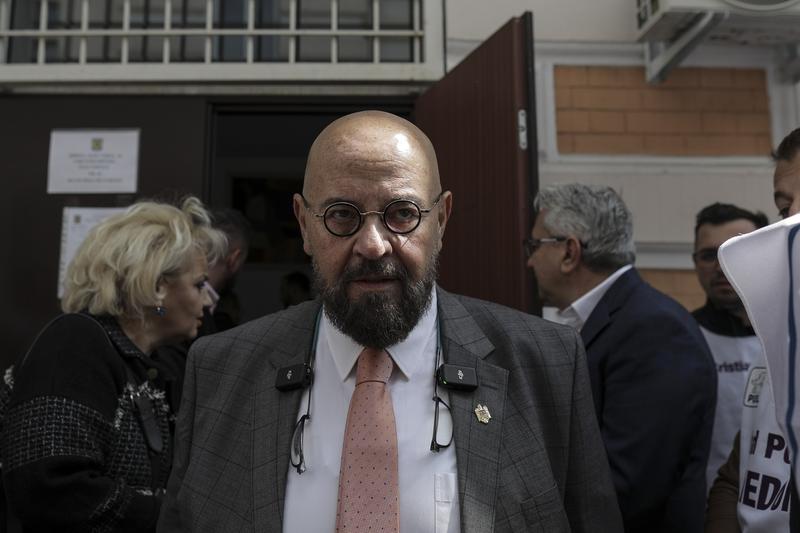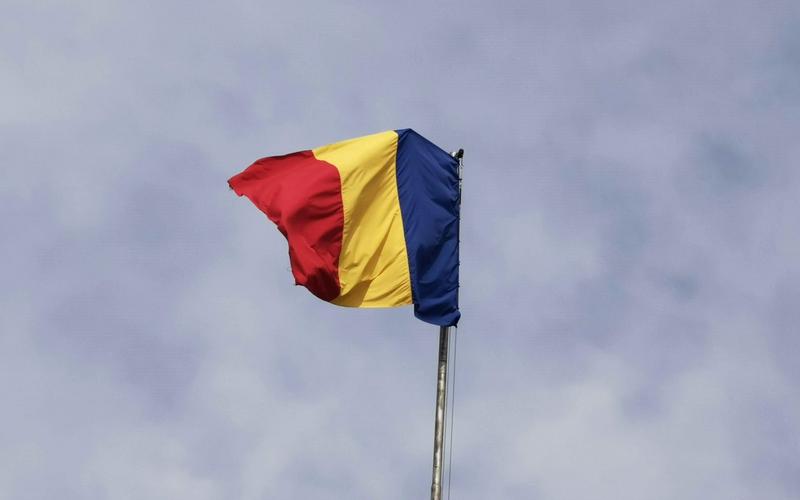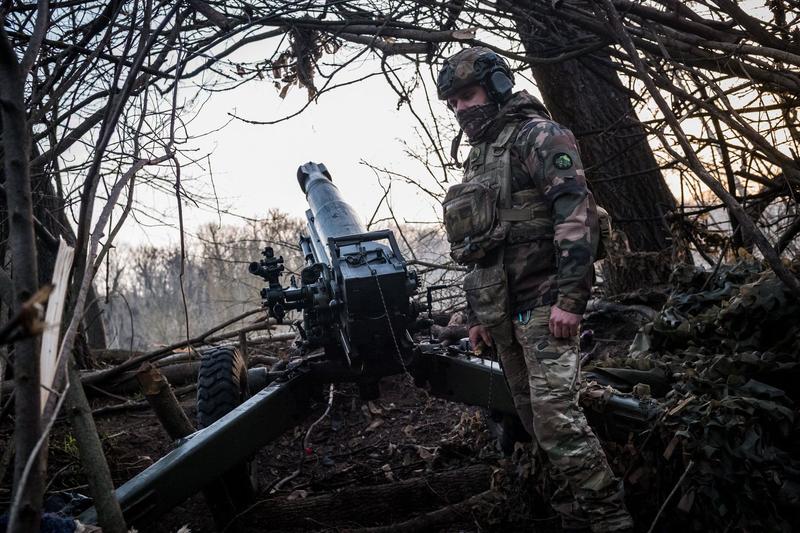Approximately 10,000 Hungarians visited the former border of the Austro-Hungarian Empire from Ghimes-Faget Romanian town, Bacau county, Romanian news agency Agerpres informs. The pilgrims visited the place to see the ruins of the Rakoczi fortress and have laid flowers or the Hungarian flag, as remembrance sign.
In the morning, some of the pilgrims arrived for the Whit Sunday ceremony took part in the mass at the Franciscan monastery Sumuleu Ciuc. Later they headed towards what the call "the 1,000 years border" in buses, cars and even on foot. Here is the most Eastern gate keeper's cabin of the former Austro-Hungarian Empire railways, which was renovated and transformed into a tiny museum.
Over 2,000 Hungarian tourists came to the area with two trains for turists, namely "The Szekler Fast Train" and the "Sumuleu Express". The road traffic between Miercurea Ciuc and Ghimes Faget has been seriously affected on The National Road 12C, for approximately 6 hours, due to the big number of cars and tourists, which have formed a 15-km long row.
The pilgrims reached the former border and saw religious masses and artistic shows. Then they claimed up all the way to the ruins of what used to be the fortress built by Rakoczi in 1624 to serve as custom point and unit for frontier guards. The fortress is situated at the most Eastern limit of the ex-Austro-Hungarian Empire. They brought flowers and Hungarian flags.
The area visited by the Hungarian tourists also holds a monument called "The Historic Monument of all Hungarians". This is made up by five funeral pillars sculpted in wood, representing Hungary with its four historic provinces that were lost with the Trianon Treaty. The monument is the creation of a Hungarian artist and its red tape was cut several years ago. In 2008, the place was visited by the Hungarian President Solyom Laszlo.
The tourists are to return today to Hungary.

